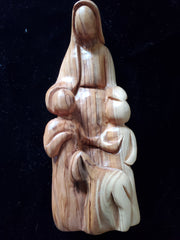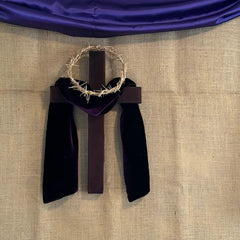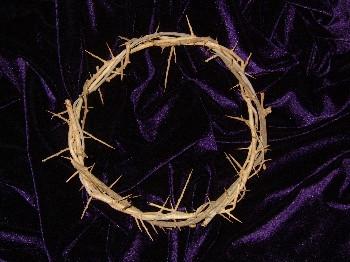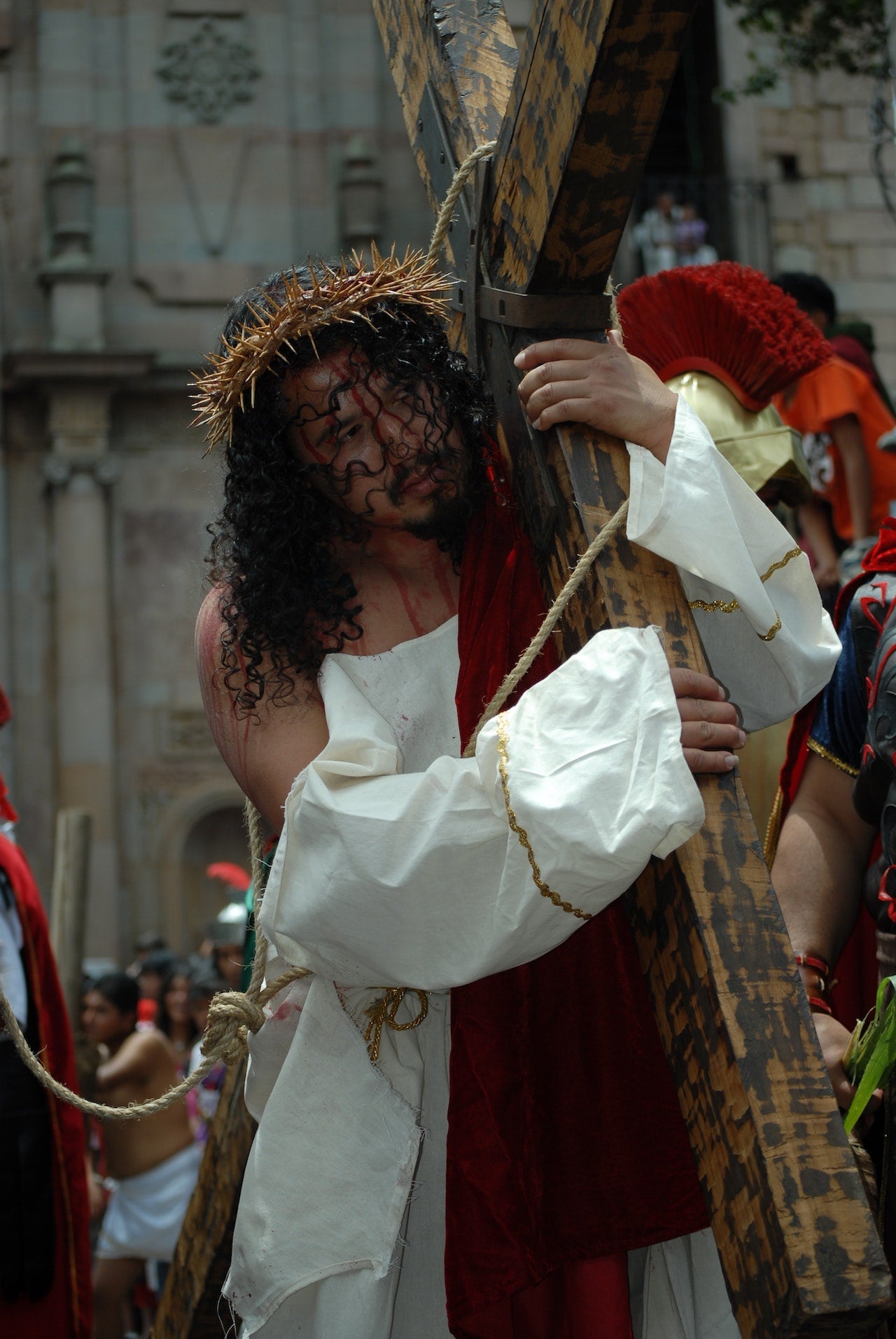The Tradition of Silence: A Biblical Timeline of One Day
While some of the newer Easter weekend traditions are full of sweet treats, tales of bunnies, gifts of new clothes, dyed eggs, and baked ham dinners, some elderly celebrants and cultures have fond remembrances of hot cross buns and kite flying. And make an effort to carry on with the legacy of such customary established expectations. Even the most devout theme of dressing in black, walking the stations of the cross on the path to Golgotha, and fasting still secures a place among the faithful celebrants of some religions.
Perhaps most historically recognized as a religious anomaly lost in time is a six-hour span of silence. Usually compressed into a shorter segment between the hours of noon and three or at the very least, a prayerful pause in mass services, the tradition remains with the celebrants of the most orthodox to be of a longer commitment. To shed some historical light on this biblical solemnity, we turn to the book of Luke, retrace the events as they unfurled, and discover when we can follow the path of silence alongside the Lamb.
Preface about Luke
The words which define the timeline surrounding the events of Good Friday were journaled by Luke and are one of the 3 synoptic gospels which speak of the ascension and resurrection of Jesus. While sometimes referred to as the thirteenth Apostle, Luke was an influential father of the development of Christianity, a healer, and an evangelist. So it is by his Saintly insight that we can indirectly follow a relatively brief timeline leading up to the end of the crucifixion of the son of God following his arrest after the Last Supper.
The Vow of Silence. Six Hours of Reflection and Devotion
An exercise in tradition, if you wish to try this to deepen a faith or add to a new ritual, keep to your time zone on the morning of Good Friday.
6:00 a.m.
After the last supper, the morning broke to find Christ being arrested and taken from the site to stand trial before the Roman Pilate. (Luke 23:1-5) Unwilling to pass a sentence, Pilate decreed the law should be upheld by the final words of the ruler of Judea, Herod.
Herod thus returned the Messiah back to Pilate, also refusing to accept blame.[1]
7:00 a.m.
Pilate delivered the sentence of crucifixion in an attempt to keep peace between the warring citizens: “And they were instant with loud voices, requiring that he might be crucified. And the voices of them and of the chief priests prevailed. And Pilate gave sentence that it should be as they required.” Luke 23: 23-24.
8:00 a.m.
The following verses begin to indicate the depth of the price the Messiah willingly paid with his sufferings of blood and the ultimate redemption of all of mankind. It was on the road to Calvary as He was being led to His death where the vision of Lamb being led to the slaughter became a synonymous representation of the Lord. While in silence, contemplate the following:
Luke 23:26-31
26 As the soldiers led him away, they seized Simon from Cyrene, who was on his way in from the country, and put the cross on him and made him carry it behind Jesus. 27 A large number of people followed him, including women who mourned and wailed for him. 28 Jesus turned and said to them, “Daughters of Jerusalem, do not weep for me; weep for yourselves and for your children. 29 For the time will come when you will say, ‘Blessed are the childless women, the wombs that never bore and the breasts that never nursed!’
30 Then “‘they will say to the mountains, “Fall on us!”
and to the hills, “Cover us!”’
31 For if people do these things when the tree is green, what will happen when it is dry?”
9:00 a.m.
The third hour when at the darkest light is ascribed to the finality of the crucifixion when Christ speaks as journaled in Luke 23: 34: “Jesus said, ‘Father, forgive them, for they do not know what they are doing.’ And they divided up his clothes by casting lots.” This time frame is when it is said that the sky will darken to the naked eye or when if on a sunny Good Friday, will be denoted by a cloud cover.
10:00 a.m./11:00 a.m.
While in the final stages of death before the Ascension, the Roman soldiers and supporters set about continuing the desecration and degradation by mocking and insulting as read in Luke 23:35-38 “And the people stood beholding. And the rulers also with them derided him, saying, He saved others; let him save himself, if he be Christ, the chosen of God. And the soldiers also mocked him, coming to him, and offering him vinegar and saying, If thou be the king of the Jews, save thyself. And a superscription also was written over him in letters of Greek, and Latin, and Hebrew, This Is The King Of The Jews.”[2]
11:00 a.m./1:00a.m.
Your final hour can be assigned to the end of the life of the Lamb and the Ascension into Heaven as the Lion. Prefaced by the final act of forgiveness to a criminal crucified beside Him with the promise of a seat shared at His Father’s throne as the sinner Barabbas repented his sins; “One of the criminals who hung there hurled insults at him: “Aren’t you the Messiah? Save yourself and us!” 40 But the other criminal rebuked him. “Don’t you fear God,” he said, “since you are under the same sentence? 41 We are punished justly, for we are getting what our deeds deserve. But this man has done nothing wrong.” Then he said, “Jesus, remember me when you come into your kingdom.[a]” Jesus answered him, “Truly I tell you, today you will be with me in paradise.”[3]
After such, Jesus is said to have perished and ascended into His Father’s Kingdom. Here the tradition of six hour vow of silence ends as well. In the study of these words of Luke, the newer traditions celebrated around the Good Friday/Easter holiday can now be seen as having a spiritual connection other than a basketful of chocolates and candies. To discover more similar comparisons, click here:







